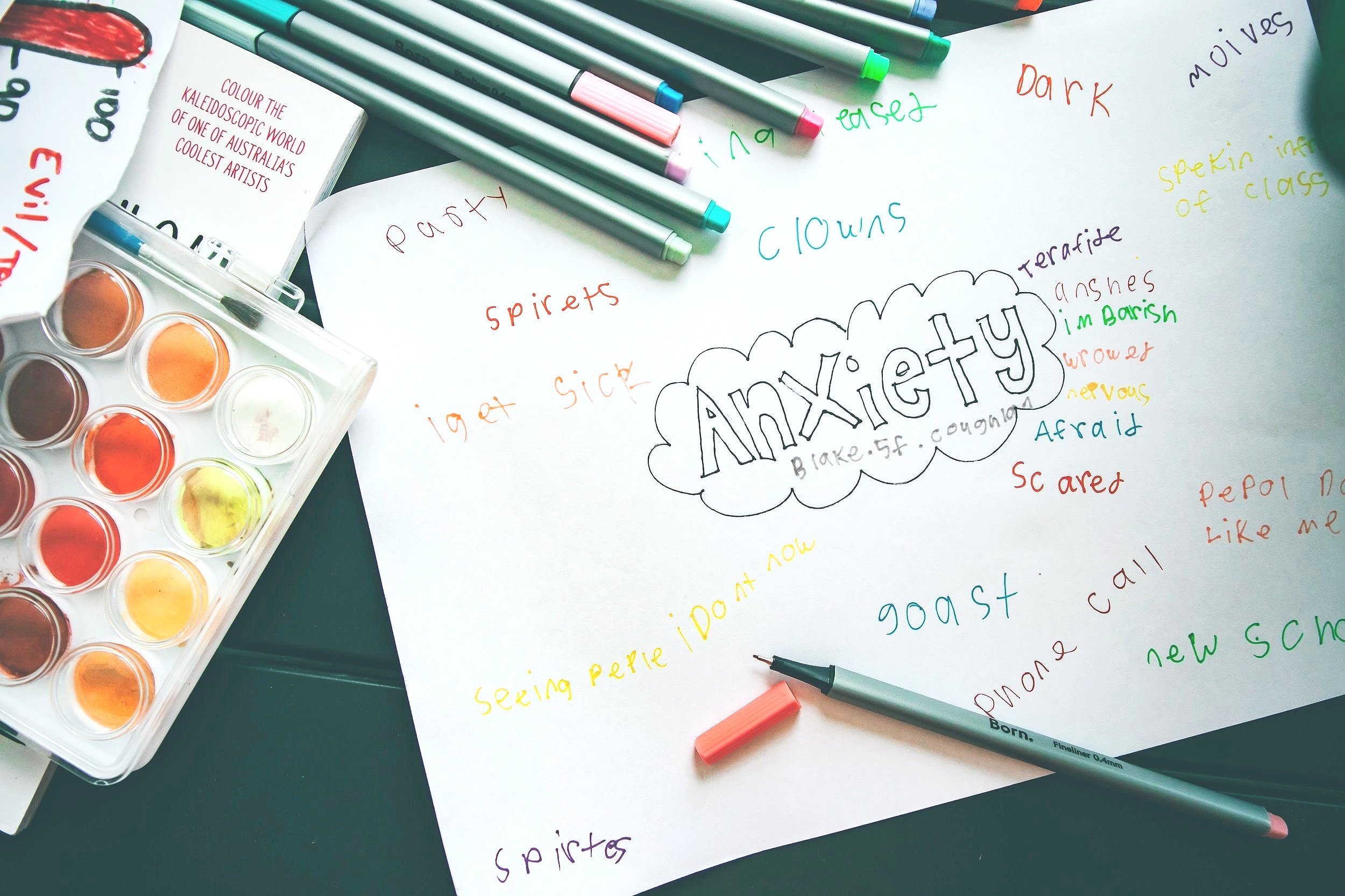Support anxious kids by helping them face their fears
“Accept that your child is feeling afraid even if it seems irrational to you.
”
Photo by Anima Visual on Unsplash
Think of a time your child or teen felt anxious. Perhaps it was over an upcoming test, sports event or dance performance. Maybe they felt anxious about being separated from you, trying new things, current events or being accepted by their peers. Anxiety can manifest as physical symptoms such as headaches or stomach aches, chest pains, extreme nervousness and vigilance And in severe cases there are anxieties that develop from trauma.
Anxiety is a normal fear response to something in our environment we perceive as a threat. It is a necessary survival instinct motivating us to act when real danger is present. However sometimes our systems find themselves on high alert when there is no actual danger present. We begin to detect mildly challenging situations as an attack and respond with higher levels of anxiety than what the situation might truly warrant. It all comes from an inner state of feeling unsafe.
As parents, our natural instinct when our children are afraid is to protect. We want to save them from the thing that is causing the anxiety. Yet, what does “saving” our children from something that is actually safe teach them? It teaches them that this thing is in fact something to be afraid of, something to avoid, and more importantly it is something that they are not capable of handling because the adults in their lives take care of it for them. Eli Lebowitz, in his must-read book for parents with anxious kids, “Breaking Free of Child Anxiety and OCD”, says, “taking on the role of protector for your child, when a danger is not present, can convey to your child that she is in need of protection, making her feel less safe and more vulnerable”. In essence our protection can backfire.
For example, when we check under the bed for monsters, leave the lights on as our children fall asleep or triple check that the door is locked, the unintentional message we are sending is that the bedroom or house is in fact not safe.
These things we do to alleviate the child or teen’s anxious feelings are called “accommodations”. If your child is afraid of dogs, an accommodation might be to cross the street to avoid one approaching you. This allows the child to always avoid and never confront their fears. And the anxiety perpetuates.
As Lebowitz says, we don’t want to be too protective so that we never allow our child to face and thus overcome their fears. And we don’t want to be too demanding by forcing our kids into fearful situations before they are ready. A healthy response to the anxieties we face caused by everyday challenges is to face the fearful situation and move through it anyway. Yet if our anxieties are overwhelming, it is nearly impossible to do this.
To support children through anxiety, they need our acceptance and confidence. Our kids first need our empathy and understanding: “You seem worried about that”. Accept that they are feeling afraid even if it seems irrational to you. Let them have their feelings. Then they need us to believe in them and impart our confidence in them. Lastly we need to gradually take away our accommodations so that they begin to learn they can survive the challenge. We can say, “I see that you are scared honey, and I don’t need to check under the bed because I know you are safe”.
When removing accommodations we have to remember that we are removing things that we do. We are changing our behavior, not our child’s. Think of things that you do to alleviate your child or teens’ fears. Do you call the teacher about school assignments, stay in the room as they fall asleep, speak for the child or teen when really it is their place to speak, excuse the child from school because they are afraid to go, or avoid crowded places, for example? All of these behaviors are well intentioned, yet gradually removing them will allow your child to overcome their fears.
This may not go so easily at first. Talk to your child about what you are going to do. Acknowledge that what you have been doing to help your child through their challenges has actually not been helping them feel less anxious. Impart your confidence in them and allow them to have some input into the process. Pushback, struggle and upset will be a natural and important part of the process. Your child may express their fears with tears, anger or outbursts. They need this release.
Importantly we as parents need to be thoughtful of our own anxieties – when they arise and how they influence our children. If our anxieties rise when our children are upset, we can’t be the calm presence that our kids need in the moment. Our calm presence teaches them that the situation is safe, and it allows them to offload stored up emotions without being admonished for expressing their true feelings.
By acknowledging and empathizing with your kids’ fears, imparting confidence by believing in your kids’ abilities, gradually reducing the accommodations, or ways you protect your kids from experiencing the challenge, and allowing your kids to have any emotions they are feeling during the process, you will begin to see their fears fade away. Start slow. One step at a time. Together you will get there.
Originally published in Jackson Hole News and Guide
